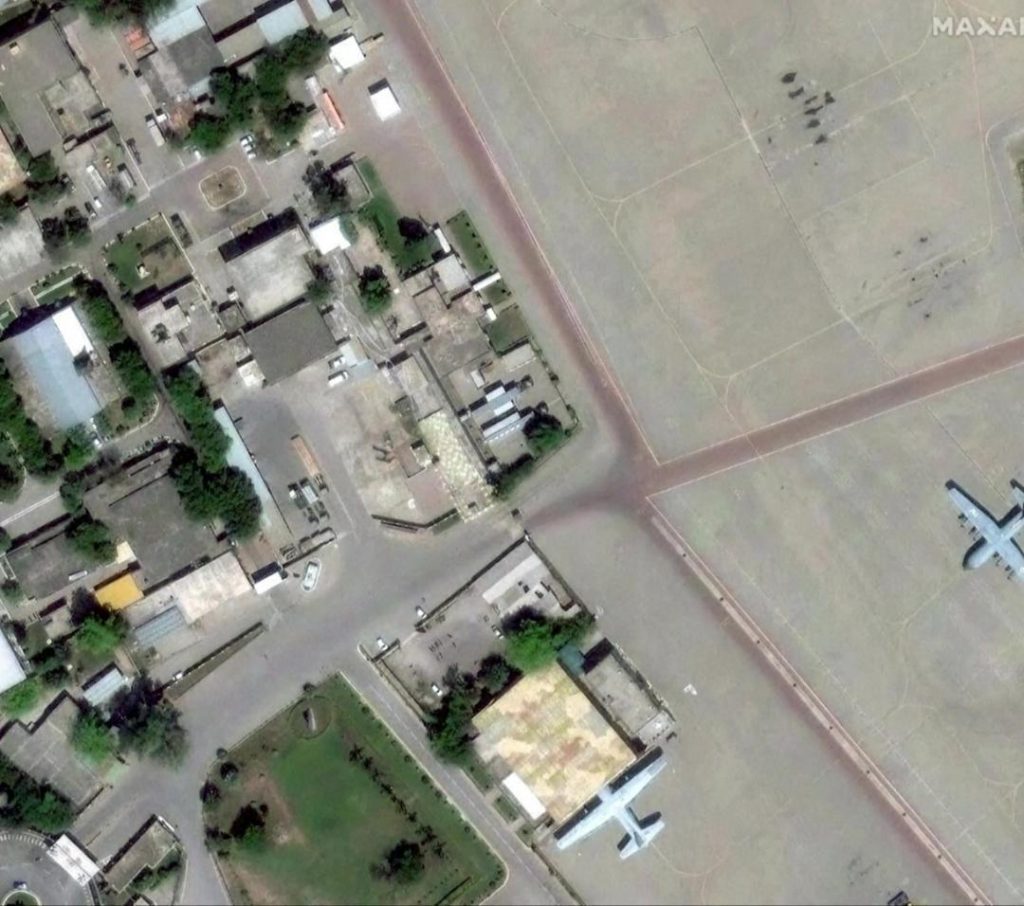
Air Defence Systems of China & Pak No Match for India’s BrahMos: Expert
The recent escalation of tensions between India and Pakistan has brought to the forefront the importance of air defence systems in modern warfare. In the aftermath of Operation Sindoora, where India conducted precision strikes on Pakistan’s air bases, American urban warfare expert, Colonel (Retd) John Spencer, has hailed the Indian military’s BrahMos missile system, saying that the defence systems of China and Pakistan are no match for India’s advanced technology.
In an exclusive interview with Live Hindustan, Colonel Spencer, a renowned expert in urban warfare, shed light on the significance of the BrahMos missile system and its unparalleled capabilities in terms of speed, accuracy, and stealth. According to him, the Chinese air defence systems and missiles are sub-par vis-à-vis India’s systems, and India’s message was clear: it can hit anywhere in Pakistan anytime.
The BrahMos missile system, developed in collaboration with Russia, is a supersonic cruise missile that can travel at speeds of up to Mach 2.8 (around 2,000 km/h). With a range of over 290 kilometers, it is capable of delivering precision strikes on targets deep within enemy territory. The system’s advanced guidance system and ability to dodge enemy radar make it a formidable weapon in the hands of the Indian military.
Colonel Spencer’s assessment of the Indian BrahMos system is not surprising, given its proven track record in various military operations. In the past, the BrahMos missile has been used with great success in various military exercises and operations, including the 2019 Balakot airstrike, where it was used to precision-strike a Jaish-e-Mohammed terrorist training camp in Pakistan.
The Chinese air defence systems, on the other hand, have been criticized for their limitations and vulnerabilities. In recent years, China has been aggressively marketing its air defence systems, including the HQ-29 surface-to-air missile system and the LY-80 surface-to-air missile system. However, these systems have been shown to be inferior to the Indian BrahMos system in terms of speed, accuracy, and range.
Moreover, the Chinese air defence systems have been criticized for their limited range and effectiveness against supersonic targets. In contrast, the BrahMos missile system is capable of engaging targets at a range of over 290 kilometers, and its speed makes it difficult for enemy radars to detect and track.
Pakistan, too, has been trying to develop its air defence systems, including the indigenously-developed Anza missile system. However, the Anza system has been criticized for its limitations and vulnerabilities, including its short range and limited effectiveness against supersonic targets.
In the context of the recent escalation of tensions between India and Pakistan, Colonel Spencer’s assessment of the BrahMos system is particularly significant. The precision strikes carried out by India on Pakistan’s air bases using BrahMos missiles sent a strong message to Pakistan and its allies, including China. The strikes demonstrated India’s ability to engage targets deep within enemy territory with precision and accuracy, and its willingness to use its advanced military capabilities to defend its interests.
In conclusion, Colonel John Spencer’s assessment of the BrahMos missile system is a testament to its unparalleled capabilities in modern warfare. The system’s speed, accuracy, and stealth make it a formidable weapon in the hands of the Indian military, and its effectiveness has been demonstrated in various military operations. While China and Pakistan may be developing their own air defence systems, it is clear that the Indian BrahMos system is a step ahead in terms of technology and capability.
Source:



